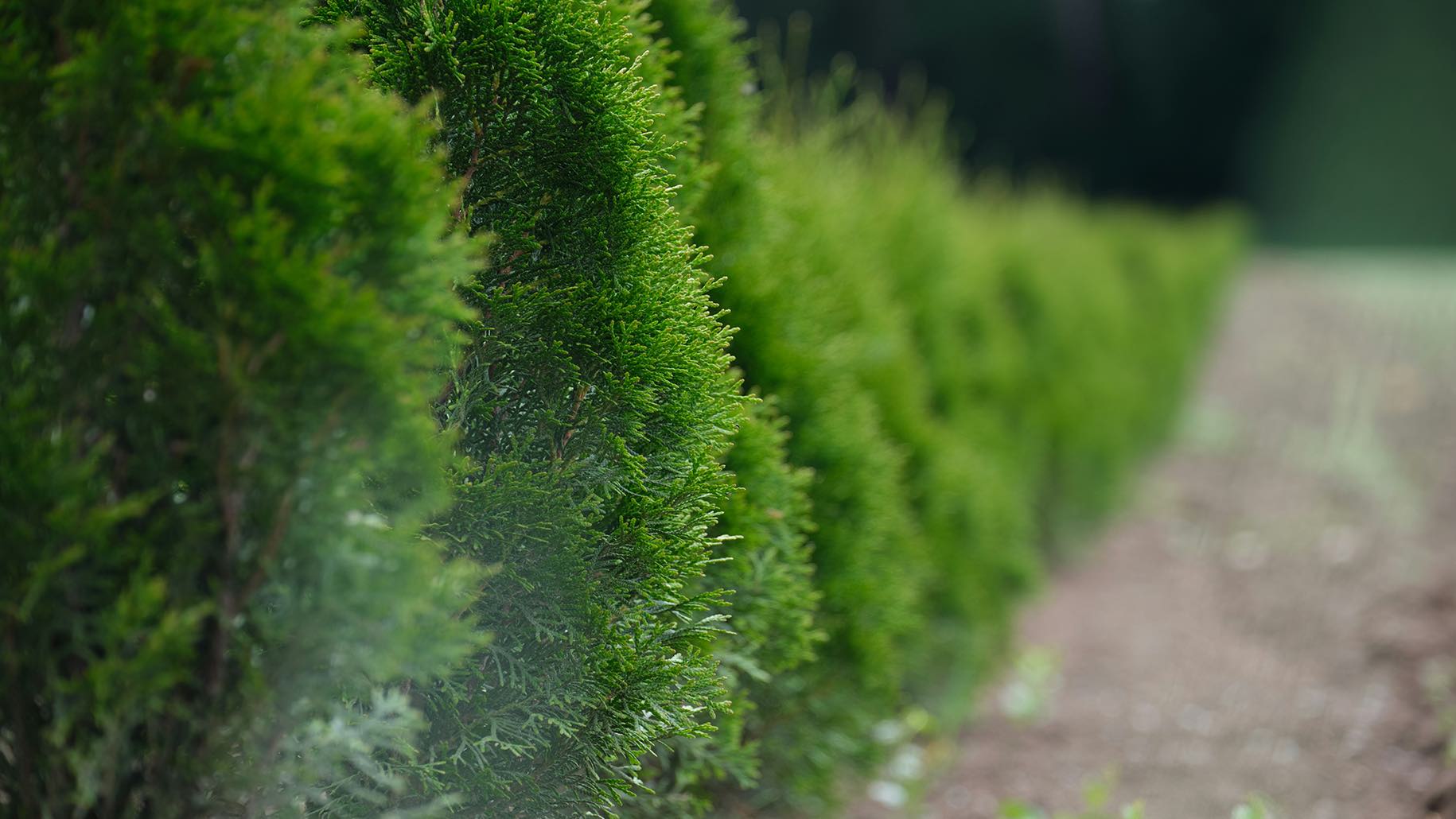
When you drive through neighborhoods in Oklahoma City, Edmond, or Nichols Hills, it’s easy to spot the homes that take tree and hedge care seriously. Their yards don’t just look neat—they feel balanced, safe, and well cared for. Regular trimming is one of those landscaping habits that does more than just keep things tidy. It protects your property, adds curb appeal, and helps your trees and hedges stay healthy for years to come.
Overgrown branches may look harmless, but they can actually stress a tree. When trees put energy into weak or crowded limbs, they don’t grow as strong overall. Trimming helps redirect that energy into healthier branches, better root systems, and stronger growth.
I once had a client in Deer Creek whose oak tree looked full but kept dropping branches every storm. After trimming away the weak wood and letting sunlight reach the interior, the tree not only looked better but also stopped shedding dangerous limbs.
Clean lines around hedges and balanced tree canopies can completely change how a yard looks. Overgrown hedges give off a neglected vibe, while neat, trimmed hedges show care and detail. In Oklahoma neighborhoods where landscaping plays a big role in property value—like Quail Creek or Nichols Hills—this can add measurable value.
Think of it like a fresh haircut for your property. It’s subtle, but it makes all the difference.
Untrimmed trees can become a hazard. Limbs hanging too close to roofs, driveways, or power lines pose risks during Oklahoma’s summer storms or winter ice. A storm in 2021 knocked out power across much of OKC, and many of those outages came from preventable tree limb breaks. Regular trimming helps reduce those risks before storms ever hit.
Hedges aren’t just borders—they’re living walls. Without trimming, they grow uneven, lose shape, and can get bare spots. Regular pruning encourages new shoots, making them fuller and healthier over time. For clients in Norman, we’ve seen hedges bounce back from sparse, patchy lines into dense, green walls within a single season after consistent trimming.
Trees and hedges are anchor points in any yard’s layout. If they’re overgrown, they throw off the balance of pathways, lighting, and flower beds. Trimming keeps the entire landscape design working together, so features like pathway lighting, irrigation systems, and seasonal plantings shine the way they should.